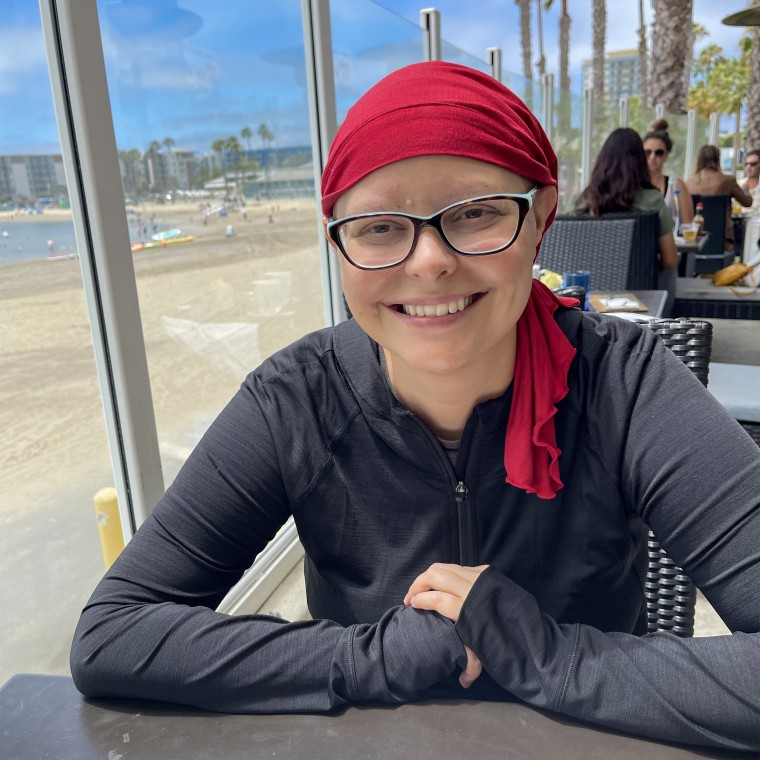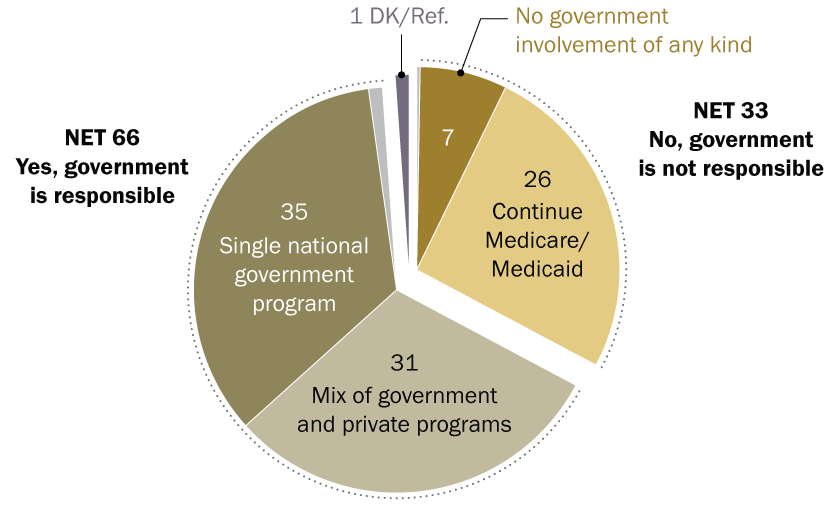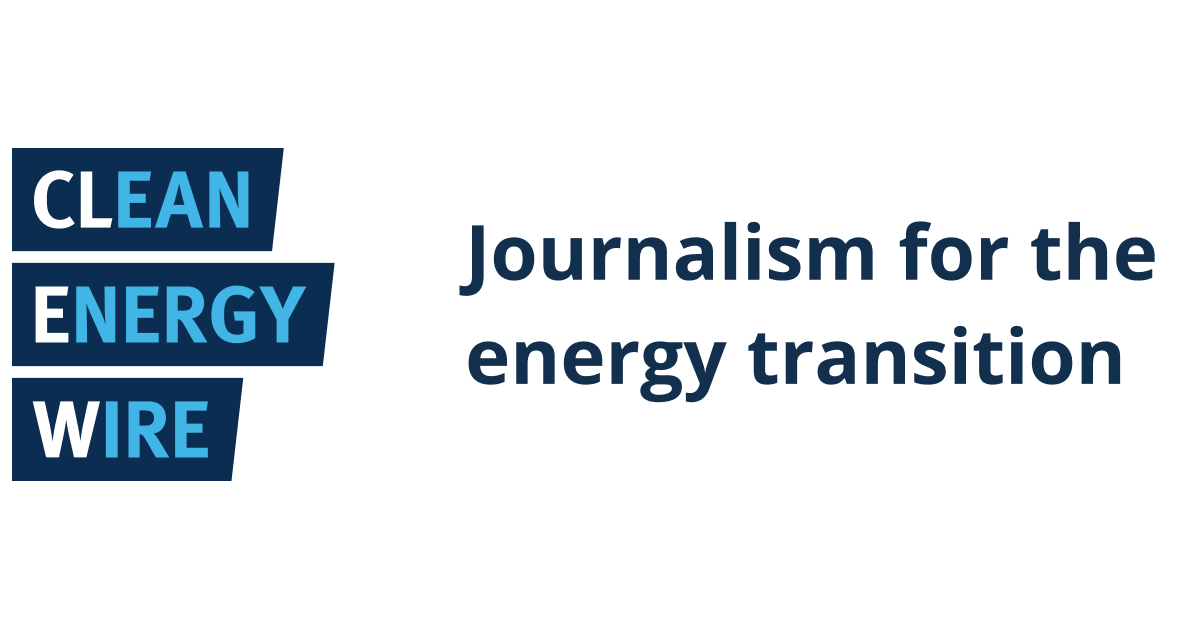#EndTB Webinar: Launch of the WHO Policy brief on Tuberculosis and Primary Health Care: Synergies and opportunities toward Universal Health Coverage – World Health Organization (WHO)

Report on the World Health Organization Global Webinar: Integrating Tuberculosis Care and Primary Health Care for Sustainable Development
Event Scheduled for 18 August 2025, 11:00H CEST
The World Health Organization (WHO) has scheduled a global webinar to launch a new policy brief. This brief focuses on creating synergies between tuberculosis (TB) and primary health care (PHC) to accelerate progress towards universal health coverage (UHC), a key component of the Sustainable Development Goals (SDGs).
Advancing Sustainable Development Goal 3: Good Health and Well-being
The webinar’s central theme is the strategic alignment of TB response mechanisms with a PHC approach. This integration is critical for achieving specific targets within SDG 3.
Core Objectives and Alignment with SDG Targets
- Achieving SDG Target 3.3: The initiative directly supports the goal of ending the epidemic of tuberculosis by 2030 by promoting more effective and accessible care models.
- Promoting SDG Target 3.8: By integrating TB services into PHC, the strategy aims to advance universal health coverage, ensuring all people have access to quality essential health-care services without suffering financial hardship.
The session will detail how this alignment can deliver equitable, accessible, and people-centred TB services, thereby strengthening health systems and contributing to overall well-being.
A Multi-faceted Approach to Health, Equity, and Institutional Strength
The policy brief advocates for a holistic approach that extends beyond clinical treatment to address foundational societal issues, aligning with multiple SDGs.
Addressing Socio-economic Determinants and Reducing Inequalities (SDG 1 & SDG 10)
A primary focus is on addressing the underlying social and economic determinants of health that fuel the TB epidemic. This approach is fundamental to:
- SDG 1 (No Poverty): Mitigating the catastrophic costs associated with TB treatment that can push families into poverty.
- SDG 10 (Reduced Inequalities): Ensuring that vulnerable and marginalized populations have equitable access to health services.
Strengthening Health Systems and Fostering Partnerships (SDG 16 & SDG 17)
The integration of TB and PHC is presented as a method to build stronger, more resilient health systems, which is a cornerstone of SDG 16 (Peace, Justice and Strong Institutions). Furthermore, the event itself exemplifies SDG 17 (Partnerships for the Goals) by convening a diverse group of stakeholders.
Webinar Agenda and Participants
Session Overview
The webinar will provide a comprehensive overview of the new policy framework through:
- An official overview of the new policy brief.
- Showcases of country and regional experiences in implementation.
- Practical insights on how synergies between TB and PHC can be effectively implemented and scaled.
Key Stakeholders and Collaborative Partners
The event underscores a commitment to multi-stakeholder collaboration, featuring speakers and participants from:
- World Health Organization leadership
- Ministries of Health
- Communities and civil society organizations
- Key technical and funding partners
- National and subnational health authorities
The webinar is open to all parties working to end TB and strengthen PHC-oriented health systems in pursuit of the Sustainable Development Goals.
1. Which SDGs are addressed or connected to the issues highlighted in the article?
SDG 3: Good Health and Well-being
- The article directly addresses health issues by focusing on the global effort to end tuberculosis (TB), a major communicable disease.
- It explicitly mentions the goal of achieving “universal health coverage” (UHC), which is a cornerstone of SDG 3.
- The discussion on strengthening “health system resilience” and enhancing the “delivery of essential services” through Primary Health Care (PHC) is central to the objectives of SDG 3.
2. What specific targets under those SDGs can be identified based on the article’s content?
Target 3.3: End the epidemics of AIDS, tuberculosis, malaria and neglected tropical diseases
- The article’s entire premise is built around a webinar organized by the WHO to “advance efforts” against “tuberculosis (TB)”. The event is for stakeholders “working to end TB,” which directly aligns with the language and goal of this target.
Target 3.8: Achieve universal health coverage, including financial risk protection, access to quality essential health-care services and access to safe, effective, quality and affordable essential medicines and vaccines for all.
- The article explicitly states that the webinar aims to “advance efforts to achieve universal health coverage.”
- It highlights the goal of delivering “equitable, accessible, and people-centred TB services” and enhancing the “delivery of essential services across all levels of care,” which are key components of Target 3.8.
3. Are there any indicators mentioned or implied in the article that can be used to measure progress towards the identified targets?
Implied Indicator for Target 3.3: Tuberculosis incidence per 100,000 population (Indicator 3.3.2)
- While the article does not provide specific data, the overarching goal to “end TB” implies that the primary measure of success would be the reduction in the number of new TB cases. Therefore, the incidence rate is the key implied indicator.
Implied Indicator for Target 3.8: Coverage of essential health services (Indicator 3.8.1)
- The article discusses a new policy brief on harnessing synergies between TB and Primary Health Care (PHC) to deliver “accessible” services and enhance the “delivery of essential services.” This implies a focus on measuring the extent to which people receive the health services they need, specifically TB services integrated into PHC. The progress would be measured by the proportion of the population that can access these essential TB services.
4. Table of SDGs, Targets, and Indicators
| SDGs | Targets | Indicators |
|---|---|---|
| SDG 3: Good Health and Well-being | Target 3.3: By 2030, end the epidemics of AIDS, tuberculosis, malaria and neglected tropical diseases and combat hepatitis, water-borne diseases and other communicable diseases. | Implied: Tuberculosis incidence per 100,000 population (Indicator 3.3.2). The article’s focus on efforts to “end TB” implies the need to measure its occurrence. |
| SDG 3: Good Health and Well-being | Target 3.8: Achieve universal health coverage, including financial risk protection, access to quality essential health-care services and access to safe, effective, quality and affordable essential medicines and vaccines for all. | Implied: Coverage of essential health services (Indicator 3.8.1). The article’s emphasis on delivering “equitable, accessible” TB services through PHC points to measuring service coverage as a key metric for UHC. |
Source: who.int

What is Your Reaction?
 Like
1
Like
1
 Dislike
1
Dislike
1
 Love
1
Love
1
 Funny
0
Funny
0
 Angry
0
Angry
0
 Sad
0
Sad
0
 Wow
0
Wow
0


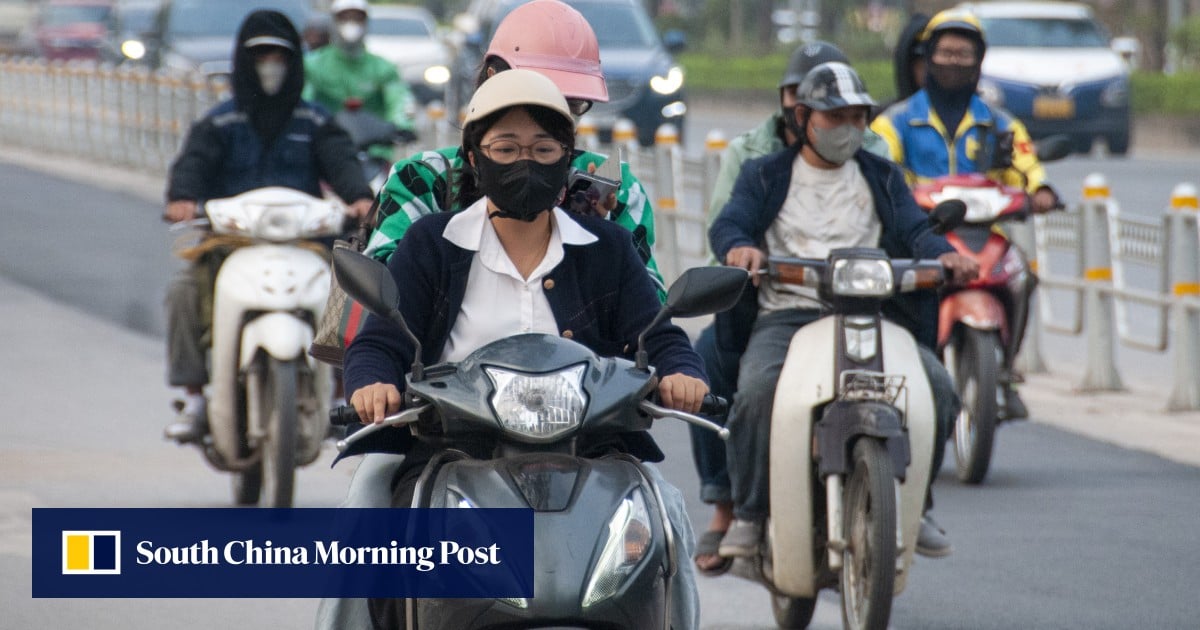




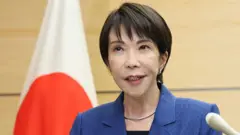

















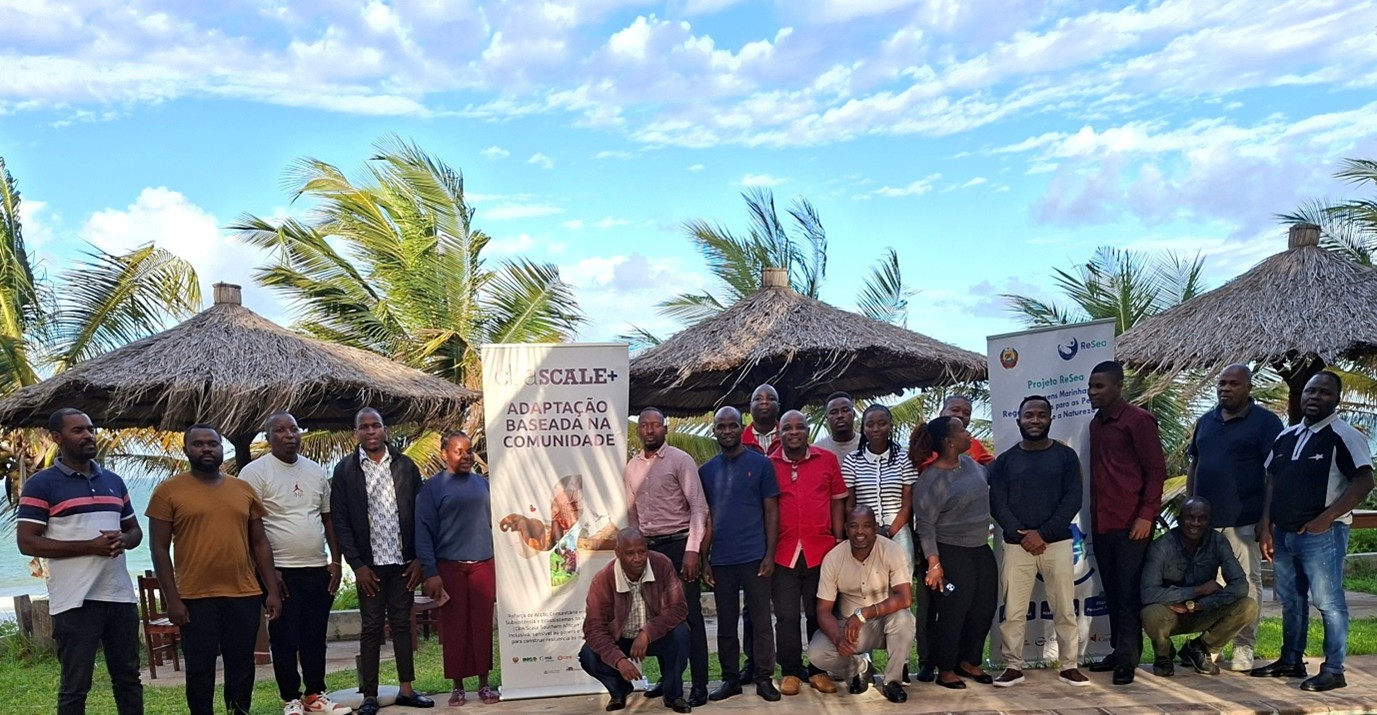









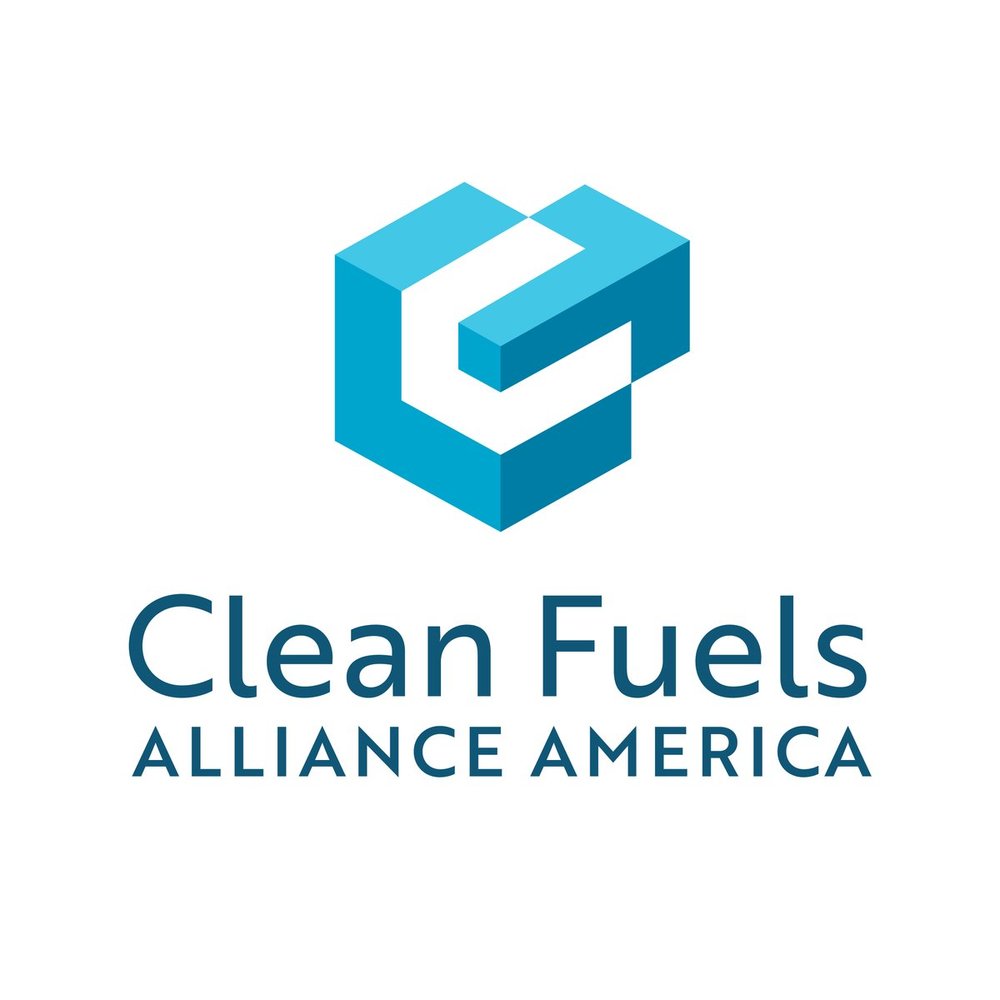
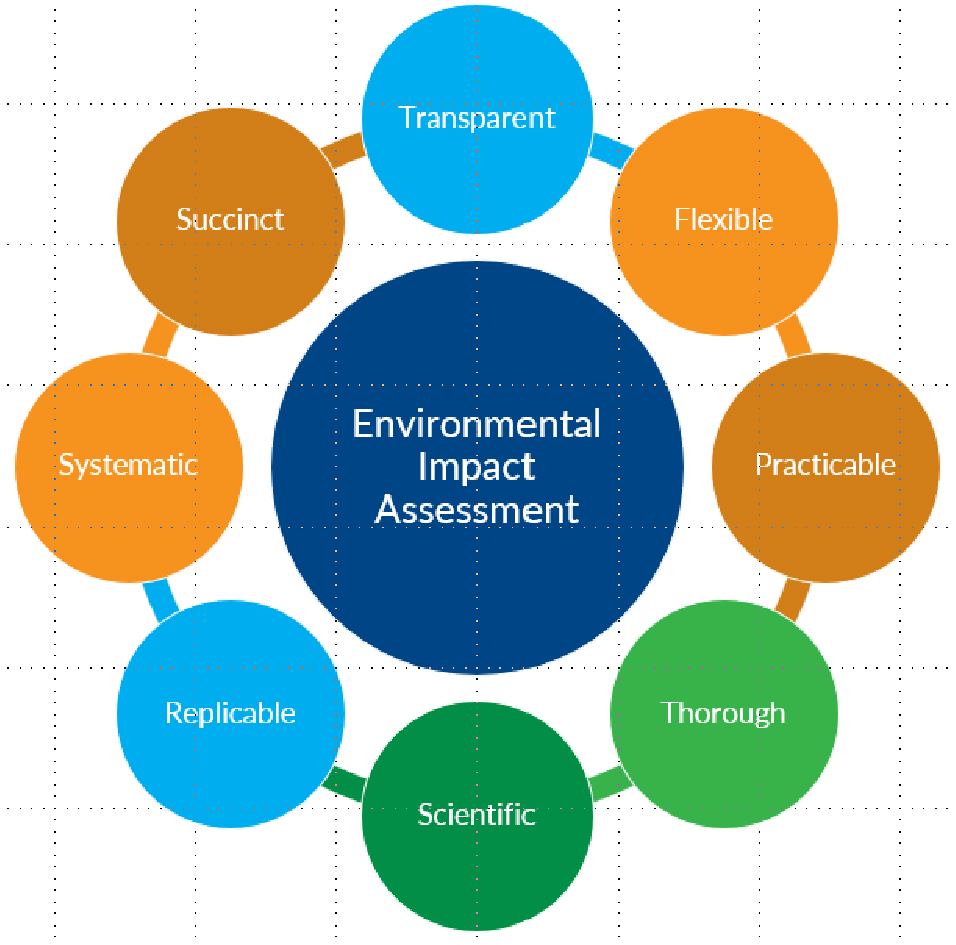















.jpg.webp?itok=0ZsAnae9#)


